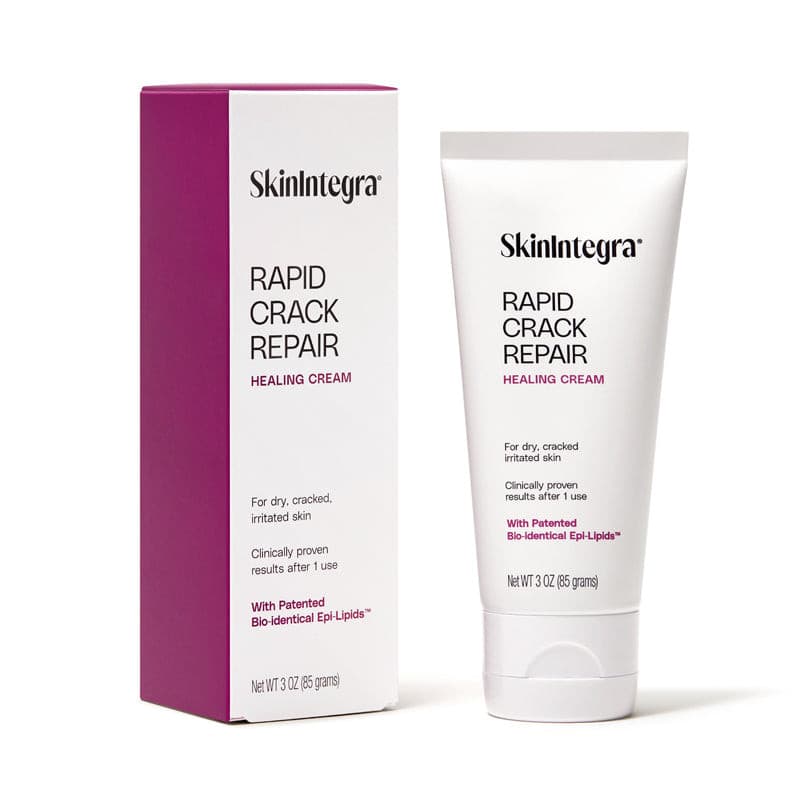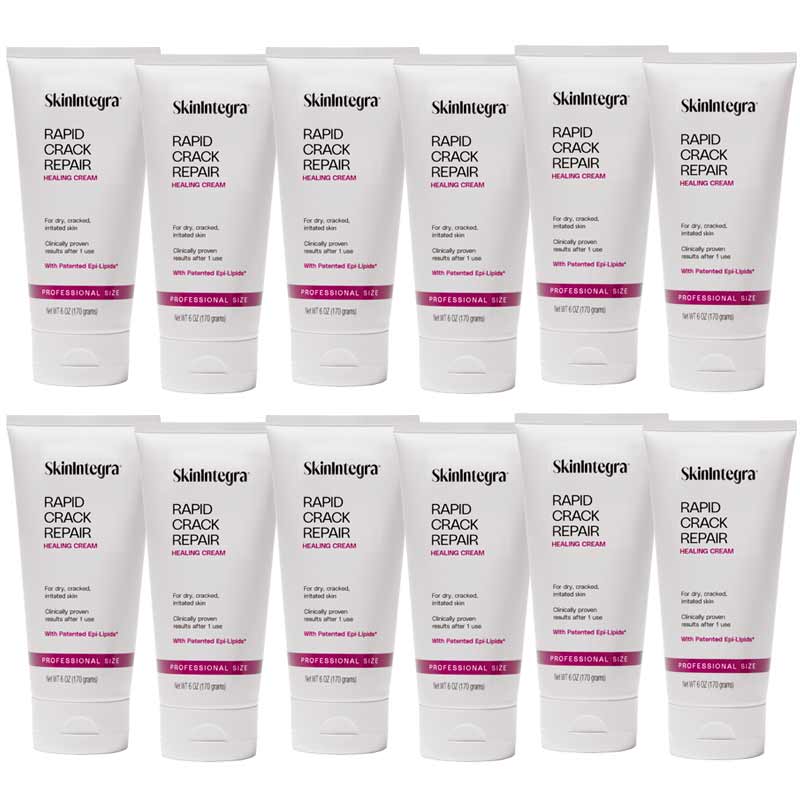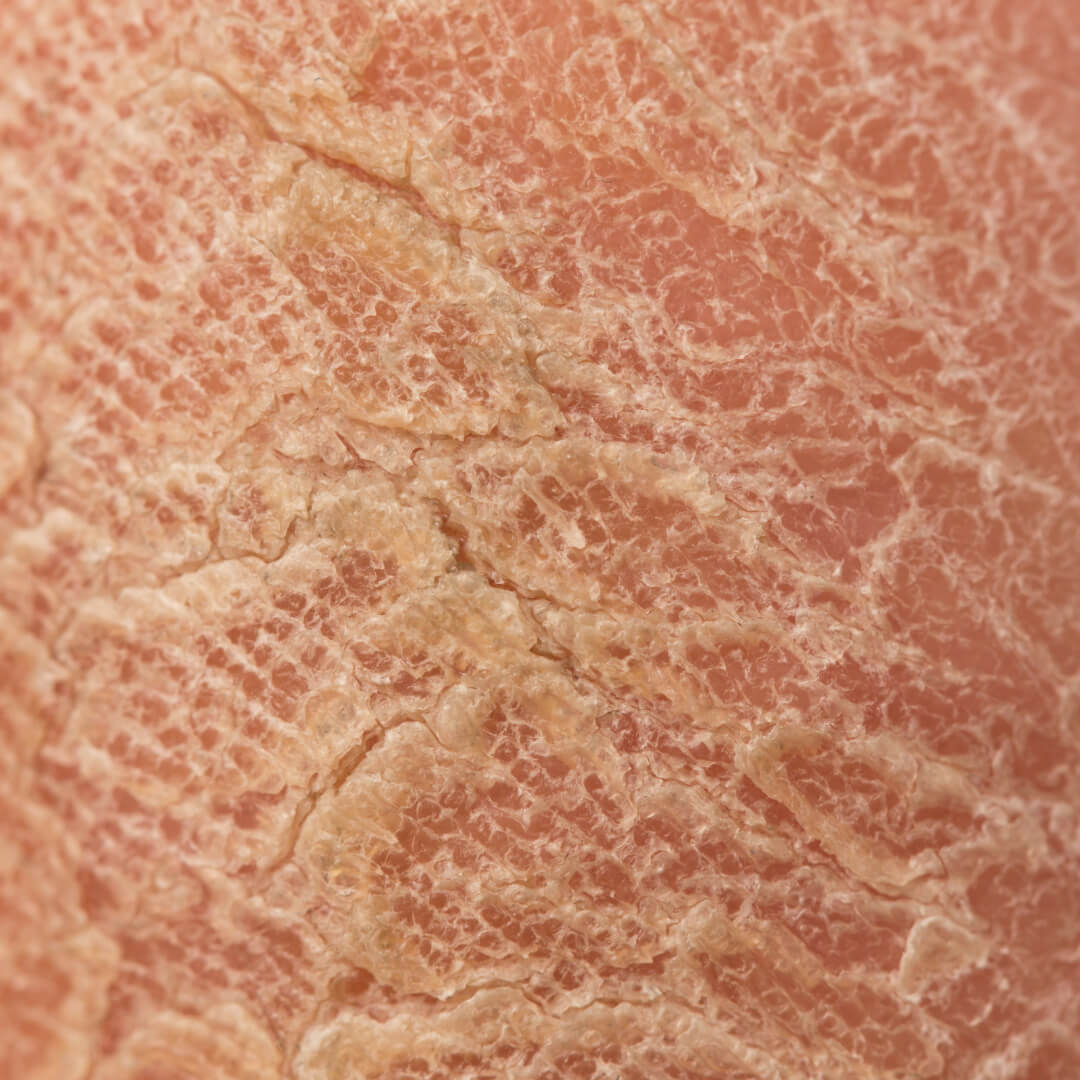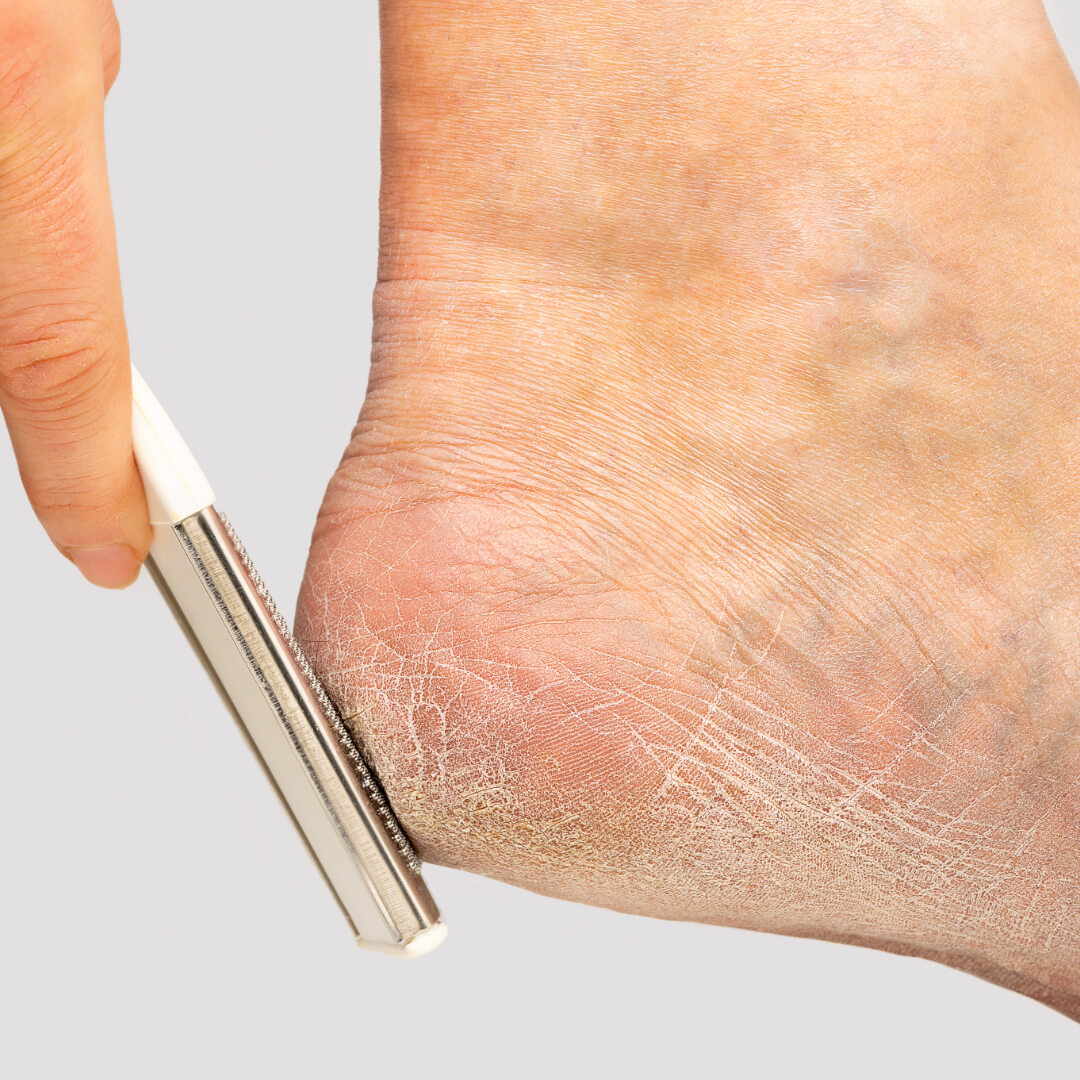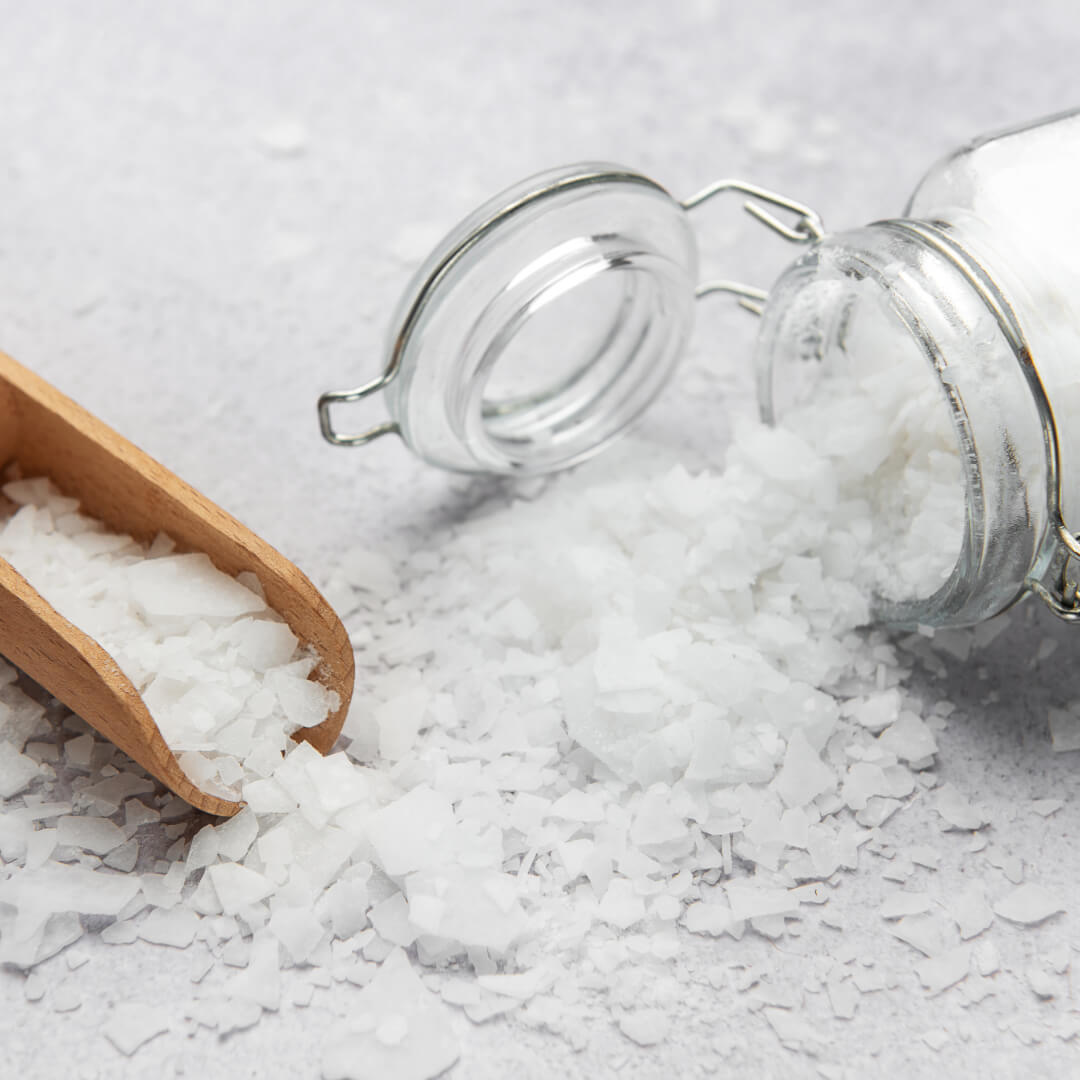When it comes to managing diabetes, taking care of your feet is just as important as monitoring your blood sugar levels. Even a small cut or blister can quickly become a serious health issue—but foot care isn't only about avoiding injuries.
Proactively taking care of your feet means you can reduce your risk of complications, so using a moisturizer should form an essential part of your foot care toolkit. However, not all moisturizers for diabetic feet are created equal. Some ingredients in regular moisturizers can be harmful to your skin, so it’s essential to opt for specially formulated diabetic foot care products.
In this article. we'll explore everything you need to know about ingredients that addresses moisture and lipid deficiencies in diabetic skin and, just as importantly, we’ll point out which ingredients to avoid.
The Causes & Symptoms of Diabetic Foot Syndrome
Because diabetes can impact how the body produces or responds to insulin (a hormone that helps cells absorb and use glucose for energy), it becomes challenging for the body to regulate blood glucose levels. Studies have found a strong link between blood glucose levels and the body's ability to heal wounds. This can lead to complications such as:
- Skin and bone infections
- Abscesses
- Gangrene
- Deformities
- Charcot foot
- Amputation
One common symptom of diabetic foot syndrome is the development of heel fissures, which can be painful and difficult to heal. Unfortunately, diabetes can also damage the nerves in the feet, resulting in reduced sweating and less moisture in the skin. As a result, you may suffer from dry, cracked skin on your feet. This, in turn, makes them more vulnerable to injury and infection.
Research has found that people with diabetes have a weak skin barrier, which can lead to a range of skin problems. The study looked at the water evaporation rate in different skin regions and found that the skin of diabetic patients was less able to retain moisture. Xerosis, a skin condition characterized by flaking and scaling, is a common problem for patients with type 2 diabetes. It can occur on any part of the body and is associated with increased water loss from the skin, which can further damage the skin barrier function.
This research underscores how important it is for people with diabetes to take care of their skin, focusing on moisturizing regularly, protecting their skin barrier, and keeping an eye out for any changes.
Essential Ingredients: What Cream Should People with Diabetes Use on Their Feet?
Diabetes can wreak havoc on your skin, affecting your skin's natural moisture levels and making it more susceptible to damage from pathogens.
Due to impaired insulin signaling, diabetic skin produces less sebum and triglycerides, decreasing skin surface lipid content. Ultimately, this leads to dehydration and the loss of elasticity over time, making the skin more prone to damage and infections.
To complicate matters further, diabetic skin is often incredibly sensitive, making it difficult to determine what is good for dry, cracked diabetic feet. Because diabetic skin is so delicate, it's vital that you’re mindful of which ingredients your skincare products are formulated with.
Here are essential steps you can take to restore the skin barrier in diabetic feet, and which ingredients you should avoid:
The skin barrier has a natural moisturizing factor (NMF), which is made up of a mixture of substances, including hyaluronic acid, urea, and lactic acid. Unfortunately, in individuals with diabetes, their NMFs are reduced, leaving the skin dry and uncomfortable.
While petroleum-based emollients and occlusives can provide instant relief to diabetic skin, they don't improve its ability to retain water. Enter urea, a powerful hydrophilic (water-loving) ingredient that has a remarkable ability to attract and bind to water.
So, is urea good for diabetic feet? Studies have shown it can improve hydration by up to 50%, making it one of the most powerful hydrating ingredients for diabetic feet.
The top layer of our skin barrier is like a protective seal, made up of dead skin cells that form a tight but flexible seal. This barrier is enhanced by lipid layers that keep moisture in and harmful elements out. Desquamation (the natural shedding process) naturally renews the top layer, but in diabetic skin, this process fails, leading to dry, itchy, and scaly skin.
In addition to hydrating the skin, urea acts as a natural keratolytic (exfoliator) that can penetrate thick, scaly skin at high percentages (20-40%) within a formula. Studies have shown that urea can also help other skincare ingredients work more effectively by allowing them to better penetrate the outer layer of the skin.
Other keratolytic ingredients (like lactic acid and salicylic acid) help slough off dead skin and improve hydration. Lactic acid works by softening the skin and dissolving the outer layer to help the skin retain moisture. It's typically used in concentrations of 2.5% to 12% for moderate to severe dry, cracked skin conditions. However, it's essential that you’re aware of the risks associated with other keratolytic ingredients, like salicylic acid.
Because these can be corrosive, they should be used with caution in patients with neuropathic disease. While salicylic acid can be helpful for minor problems like warts, corns, and calluses, it's important to note that it intentionally creates a wound and slowly erodes the epidermis. As a result, all salicylic acid products carry a strict contraindication against use by diabetic patients. For those with diabetes, the American Academy of Dermatology recommends using creams with 10% to 25% urea to treat dry, cracked heels.
Like how mortar holds bricks together in a wall, lipids hold the top layer of our skin (stratum corneum) together. Lipids in the stratum corneum are made up of three major components:
- Ceramides
- Cholesterol
- Fatty acids
These intercellular lipids help maintain the skin's barrier function around the clock by keeping it moisturized and protected from bacteria. They function as an energy reserve, enabling the transportation of critical vitamins and nutrients to the epidermis. However, in diabetic skin, the lipid content decreases and this alters the skin's lipid composition and metabolism. This affects the skin's permeability and ability to repair itself, causing it to become dry, and prone to infection. That's why it's crucial to replenish lipids to boost healing in compromised, diabetic skin.
Sebaceous glands produce a substance termed sebum, also known as skin surface lipids, which helps protect the skin from the environment.Triglycerides and fatty acids account for the predominant proportion, followed by wax esters, and squalene. Decreased sebaceous gland activity in patients with diabetes makes them more susceptible to dry, cracked skin and the risk of an infection.
Because the immune system of those with diabetes tends to be overactive, even everyday exposure to allergens and irritants can trigger inflammation.
Unfortunately, this inflammation can make your skin even more vulnerable to damage, weakening your skin barrier. This cycle of skin barrier dysfunction can make your skin more susceptible to infections and other skin problems.
To prevent damage to your skin barrier, it's crucial to limit your exposure to harsh ingredients that can trigger these reactions, such as:
- Fragrances
- Alcohol
- Harsh preservatives
- Retinoids
- Alpha hydroxy acids at high concentrations (>10%)
Discover The Benefits of SkinIntegra's Patented Barrier Repair Moisturizing Formula for Severe Dryness and Cracks

Managing diabetes and cracked heels can feel daunting, but taking care of yourself is the first step toward a healthier you. From monitoring your blood sugar levels to maintaining a healthy diet and exercise regimen, there are various ways to manage diabetes. Along with these essential measures, finding a suitable diabetic moisturizer that can nourish, protect, and promote healing in the feet is vital—as is avoiding ingredients that can cause further damage.
Created with a purpose-driven mission and developed by a former Johnson & Johnson scientist, our patented Rapid Crack Repair Cream was formulated after five months of intensive research and in close collaboration with dermatologists and podiatrists.
SkinIntegra’s Rapid Crack Repair Cream was specifically formulated to help restore dry, cracked feet in individuals with diabetes. Its patented composition is the result of research into all the components of a healthy skin barrier. For that reason, it includes the essential moisturizing and lipid ingredients naturally found in a healthy skin barrier such as urea, lactic acid, hyaluronic acid for moisturizers and essential fatty acids, natural oils and ceramides for lipids. This formula helps replenish exactly what is missing.
In a clinical study, 100% diabetic subjects with dry, cracked skin showed improvement after just one day.
In a 14-day patient usage trial conducted by podiatrists on patients with moderate to severe dry and cracked skin, the results revealed that:
- 100% of subjects experienced relief
- There was an 82% improvement in cracks
Rapid Crack Repair Cream is free of common skin irritants which can cause a reaction and slow the natural healing process in diabetic skin such as fragrances, dyes, parabens and other harsh preservatives, petroleum-based ingredients, and phthalates.
Designed with diabetic skin in mind, our Rapid Crack Repair Cream underwent a complete toxicology review of every ingredient to ensure it is safe for use on diabetic skin. In addition, it was tested on 100 subjects for allergic reactions, earning it a hypoallergenic designation.
